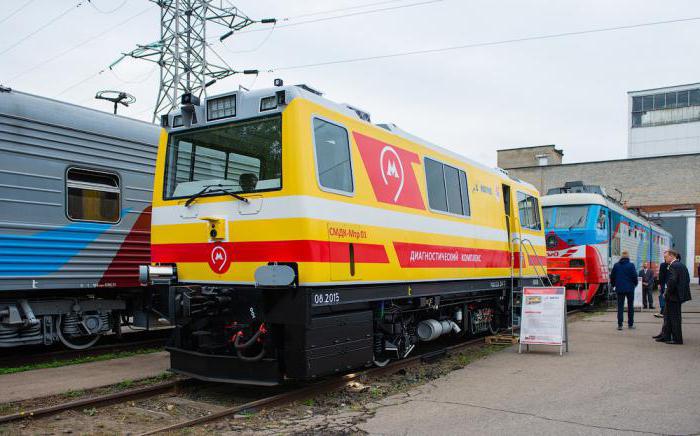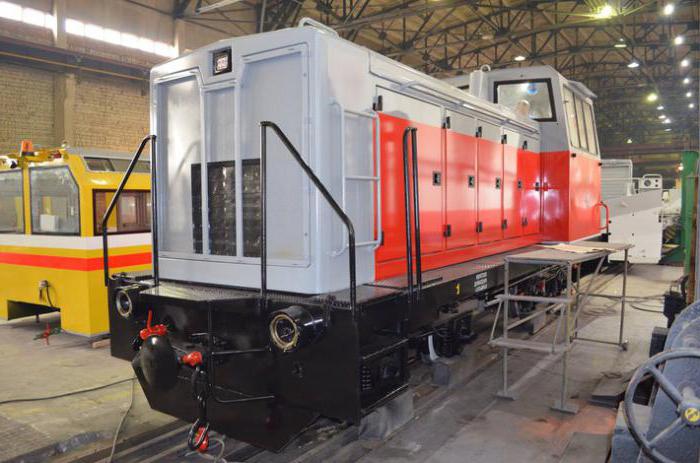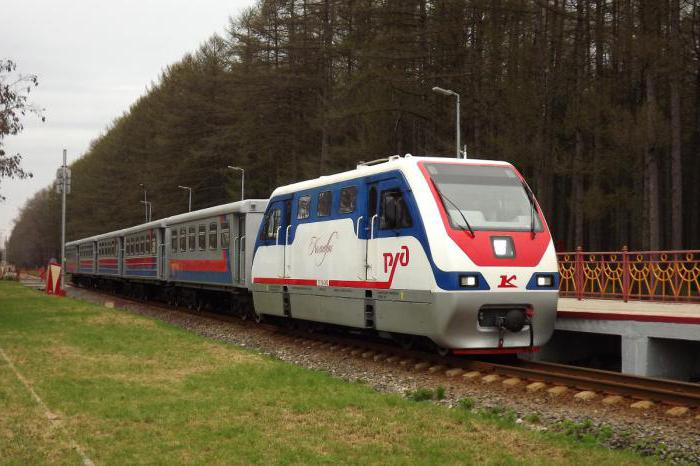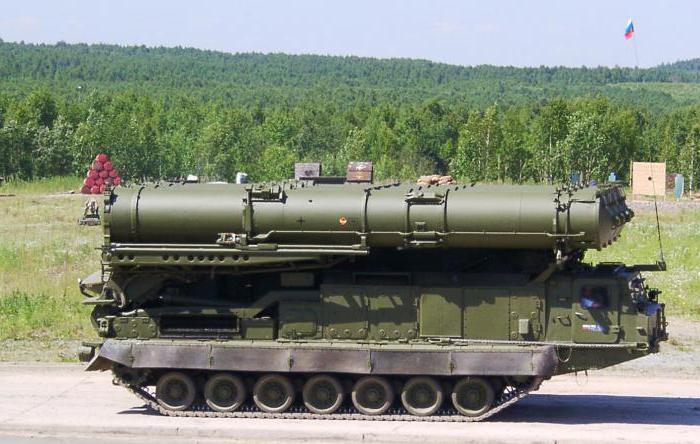Kambarsky Machine-Building Plant (KMZ) - the leaderRussia for the production of narrow-gauge railway equipment. Diesel locomotives, railcars, railcars, and snowplows are operated by many enterprises, peat and forestry, and mineral deposits. KMZ also produces overhaul and maintenance of narrow and wide gauge locomotives, supplies spare parts and components for them (axle gearboxes, cardan shafts, gears, shoes, pads, power accessories).

Historical reference
Kambarsky Machine-Building Plant - one ofthe oldest enterprises of the Urals. It was founded by the famous industrialists - the Demidovs. In the 18th century, the mining and metallurgical industries developed rapidly in the Urals. The Kama River, huge forests and the Kambarka River suitable for the construction of a pond favored the establishment of a plant here.
In 1760, the Demidov allowed the construction on the riverKambarka molotovoy factory for processing iron into iron and a saw mill for sawing wood. In the years 1774-1796, the productivity of the Kambar plant amounted to about 60,000 pounds of iron per year. By 1830, productivity had increased to 100,000 pounds (1600 tons) per year. In the Kambarsky plant, there were 3,711 people.
At the junction of eras
After the revolution in 1919, the CambrianMachine-building plant began to manufacture carts and was named “Kambarsky State Crew Plant”. In 1933, the Kambarsky Casting and Mechanical Plant of the People's Commissariat of the USSR was created on the basis of the former iron-working plant and the school of the trade schools
The company specialized in the production ofrailway equipment and narrow-gauge rolling stock for the mechanization of the forest industry. It produced horse carts, eight-tonne platforms with a wooden frame, metal riveting platforms, machine tools for sharpening saws, logs for logging, rafting chains and other products. In 1936, Kambarka was transformed into a working village, and on July 4, 1945, into a city of regional subordination. More than 80% of the entire team of the foundry-mechanical plant went to the front.

Post-war development
After the war, KMZ produced horse traction trolleys,narrow-gauge cargo 10-ton platforms, power-saw benches, railway fasteners. In 1950, the plant mastered narrow-gauge snow plows, hook-ups, auto-brake platforms, passenger and passenger-and-passenger carriages, construction machines and mechanisms, floating suction units, and construction and repair trains.
In 1956, a big event happened -The Kambarsky Machine-Building Plant manufactured the first prototype of the DM-54 locomotive. From this moment on, the time of the enterprise as a diesel locomotive builder goes on. In 1959, the plant began development of narrow-gauge diesel locomotives TU2M.
Labor 60s
In 1960, the first prototype diesel locomotive was manufactured.TU4 capacity of 250 liters. with. with hydraulic transmission. This locomotive made a revolution on narrow-gauge transport. During the years 1961-1972, more than 3,210 diesel locomotives were produced. Despite its advanced age, diesel locomotive TU4 is still the most common type, taking advantage of the popularity of transport workers.
In 1964, production of diesel locomotives TU5 was started.capacity of 300 liters. with. with hydraulic transmission. Three years later (in the year of the 200th anniversary), CMH first came out with the delivery of equipment for export, and the first batch of TU5E diesel locomotives was sold to the Vietnamese struggling with the American occupation.

For the replacement of obsolete locomotives DM-54, TMU-61 andMD54-4 in 1964, the production of diesel locomotives TU6A was mastered, and since 1982 its improved version was produced - TU8 with a capacity of 180 liters. with. with mechanical transmission. The total number of locomotives broke all records - 4555 units.
With a quality mark
In 1970, the diesel locomotive TU7 was created, and in 1985TU7A in modifications of 20 and 24 tons for a gauge of 750, 1000 and 1067 mm. Export variations of TU7E were supplied and are currently operating in Vietnam, Cuba, Bulgaria, Mali, the Czech Republic, and Guinea. Machines of this type today produced more than 3300 units.
In 1980, the KMZ team for the first time designed andmanufactured a prototype of the wide-gauge diesel locomotive TGM40. To date, produced about 1000 units. On the basis of this model, a snow plow TGM40S was created. By the way, in 1983, the TGM40 locomotive at the International Leipzig Fair received a Gold Medal. This is the only gold medal of the Leipzig Fair in the domestic diesel locomotive building.

In 1993, by special order wasFour diesel locomotives manufactured at TU9 HPP for maneuvering and export work in underground workings at the construction site of the Irganayskaya HPP in Dagestan were manufactured. In 1995, an AM3 service vehicle was created for the Ministry of Railways, on its basis, for the first time in the country, an inspection vehicle was created for the Ministry of Railways. In 1997, again for the first time, a formulation was made for weed removal.
Today's Day
Kambarsky Machine-Building Plant remainsthe leader in the production of narrow-gauge transport on 750 mm and 1067 mm. Being a unique enterprise in terms of its product range, KMZ has a modern machinery park and equipment, highly qualified personnel.
KMZ is a joint stock company.General Director Biryukov Alexander Ivanovich owns a controlling stake. Accordingly, he is interested in the development of the enterprise. Factory workers are able to perform serial and individual orders for construction:
- diesel locomotives;
- wagons;
- special equipment;
- track machines for narrow gauge.
Also KMZ has a production base forassembly of industrial diesel locomotives with a broad gauge of 400 hp and diagnostic flaw detection systems for the metro. The pride of the plant are handsome diesel locomotives TU10, used in suburban traffic on narrow-gauge sections and the Children's Railways.
The enterprise is city-forming and is located at the confluence of the Kambarka River in the Kama River. The address of the plant: 427950, Udmurtia, Kambarka city, Sovetskaya street, 23.












